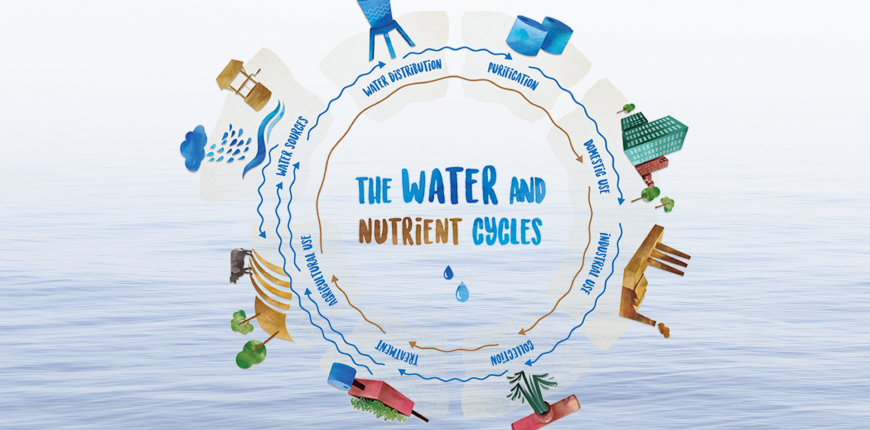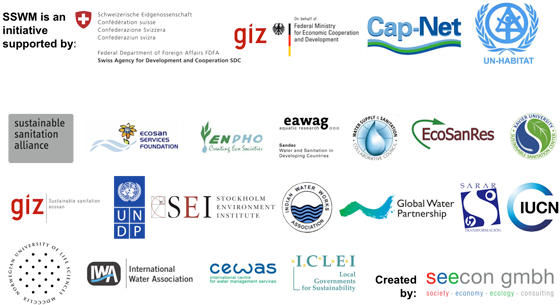
Water & Nutrient Cycle Perspective
Find technologies and socio-economic approaches to optimise your local water management and sanitation system.
This perspective is geared to help you find the ideal and sustainable solution to optimise your local water management and sanitation system. It comprises technical instruments and tools (hardwares) as well as economic, political and social approaches (softwares) relating to the main steps of the Water and Nutrient Cycle, namely Water Sources Management, Water Purification, Water Distribution, Water and Nutrient Use, Wastewater Collection, Wastewater Treatment as well as Reuse and Recharge of Nutrients and Water.


